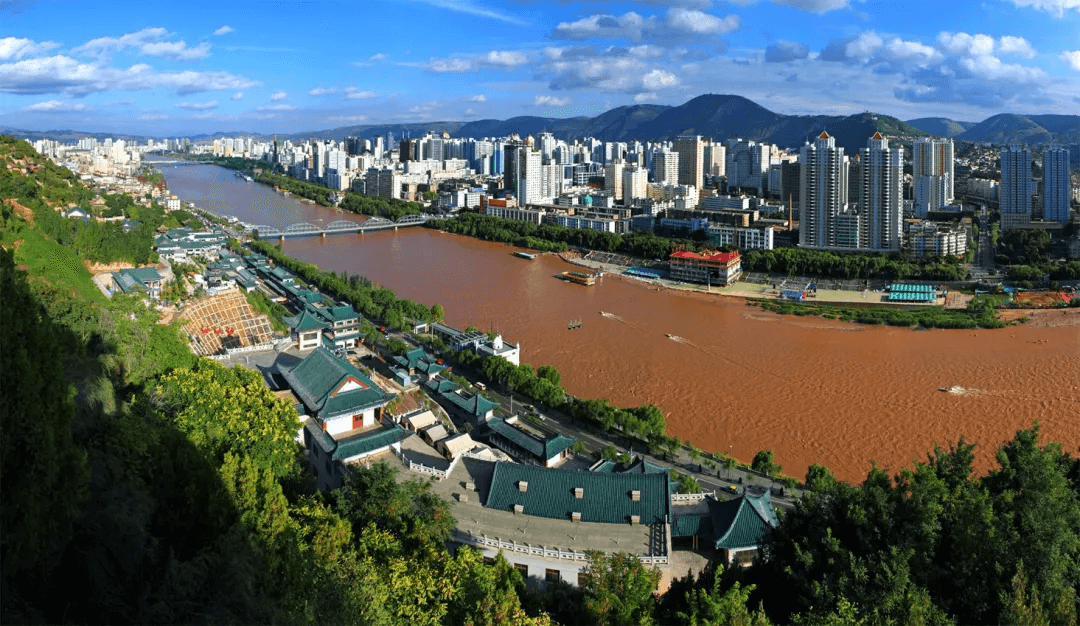The Logic and Targeted Planning of Lanzhou’s Urban Spatial Development under Complex Geographical Conditions


Project classification:
Urban & Rural Planning
Person in charge:
Li Ming
I. Location of Project
Lanzhou, Gansu Province
II. Complex Geography of Lanzhou
Lanzhou’s terrain is characterized by a high southwestern region and a low northeastern region, with the Yellow River flowing from southwest to northeast, cutting through the mountains, thus forming a beaded-like river valley landform with alternating canyons and basins. The various kinds of mountainous hills in here are not suitable for large-scale urban construction. Lanzhou Basin, Yuzhong Basin and Qinwangchuan Basin, which are suitable for large-scale urban construction, are located respectively in the south, east and north of the city and are far apart.
III. Thinking on Reconstruction of Urban Spatial Pattern
By analyzing the mechanism and logic of urban spatial development in Lanzhou, the project team attributed the citys urban spatial pattern to its geo-spatial characteristics, and the "city ills" to its spatial development mode of "traction + filling". And behind the problems lied the risk of urban development, i.e. the mismatch of a super large scale between the framework of urban functional zoning and the urban size and functions. To this end, the project team explored the urban spatial structure that conforms to the geographical characteristics of Lanzhou and arrived at a spatial pattern reconstruction idea: first, the multi-center cluster pattern should be adopted for the city’s urban spatial development, and second, the functions of the provincial capital have a crucial bearing on Lanzhou’s future spatial development.
IV.Targeted Planning
In formulating Lanzhou’s land and spatial planning, the project team gave priority to the following two aspects in deepening the reconstruction of urban spatial pattern.
1.Promote regionalization of the functions of provincial capital and promote comprehensive development of peripheral clusters
According to the analysis of the project team, Lanzhou’s functional system consists of "national functions, provincial functions, and local functions". Through the division of the functions, at the micro level, the momentum of spatial development and the capacity of drawing population of each urban cluster were secured, and the reasonable distribution of urban population was well regulated. As a result, the development efficiency of urban space on the meso scale was ensured.
2.Relying on "industry + functions of provincial capital" to build two peripheral clusters
The project team proposed that to facilitate the transformation of Lanzhou New Area from a new district to a regional new city, it is imperative to cultivate the functions of provincial capital. Once the population of the new area reaching a designated size, the focus of development should be shifted from the secondary industry to the tertiary industry. Given the new construction opportunities, Yuzhong Ecological Innovation City Cluster should strengthen the cultivation of provincial capital functions from the very beginning. The central urban area should strengthen the fostering of excellent environment, creating quality public space centering on the Yellow River, so as to enhance Lanzhou’s appeal to talents from all over the country.
